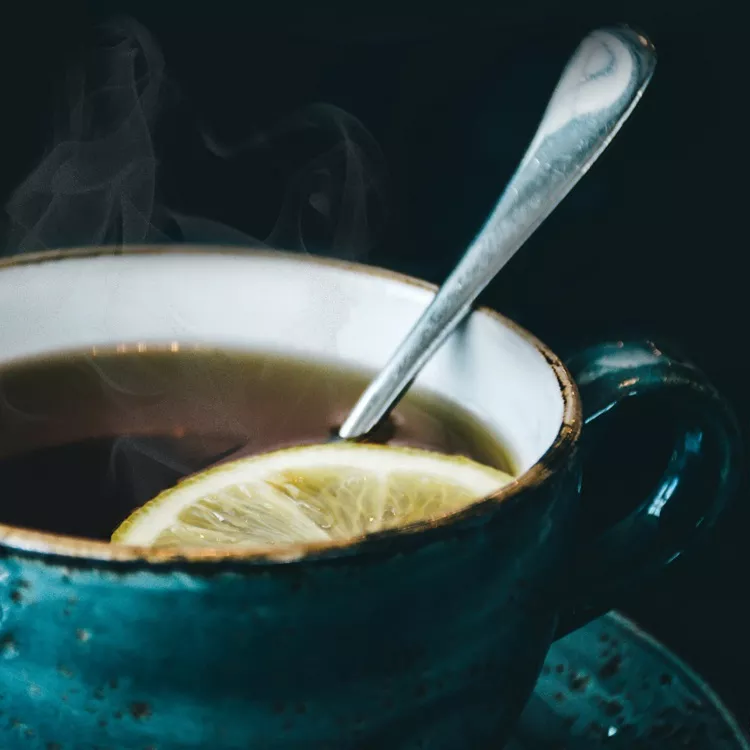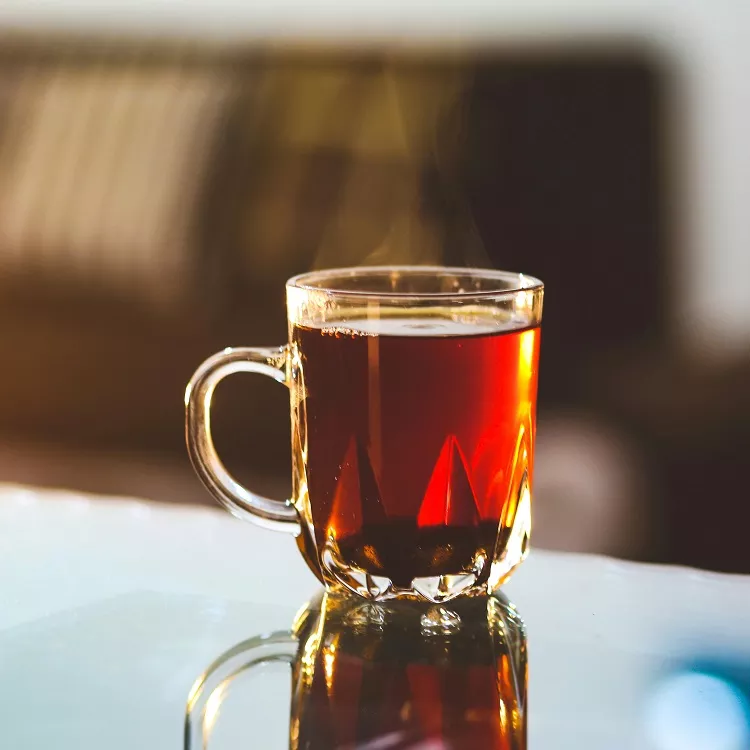How to brew tea: from traditions to modern trends
Brewing tea is not just a culinary process, but a real art that requires attention to detail, patience, and respect for the culture of the drink. The correct brewing technique allows you to reveal the versatility of the drink’s aroma, taste and aftertaste, turning each cup into a real ritual.
Choosing the right water
Before delving into the details, it is important to understand the main factors that affect the final result: water quality, temperature, steeping time, and the amount of tea leaves. Neglecting at least one of these factors can lead to a loss of flavor or bitterness. Brewing tea correctly is important not only to taste the true flavor, but also to fully absorb the beneficial properties of the drink.
Water is the basis of the drink. Soft, purified or spring water with a neutral flavor and low mineral content is best. The water temperature should match the type of tea leaves. For green tea, the temperature should be 70-80 °C, for white tea – 60-75 °C, black and pu-erh tea open at 90-100 °C. Excessively hard water can distort the flavor of even the most refined varieties.
Proportions of teas
The correct dosage is the key to a harmonious taste. Typically, 2-3 g of crushed leaves (1 teaspoon) per 150-200 ml of water are used. However, for some elite varieties, such as oolong, these proportions may be higher. It is important to take into account both the type of tea and the method of brewing: pouring or infusing.
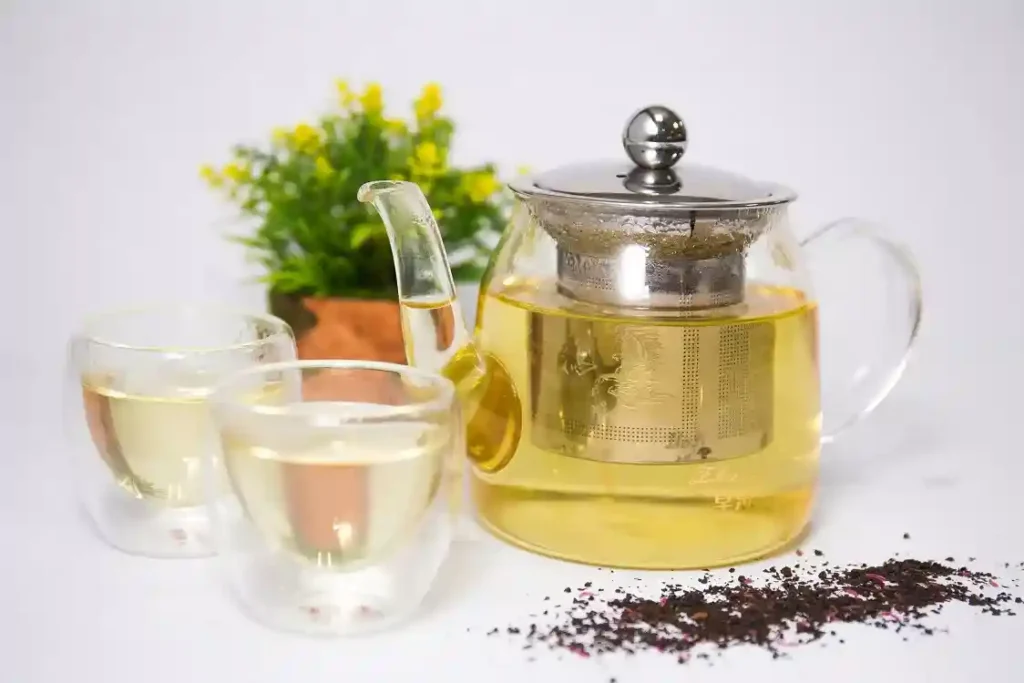
What to brew tea in
1. Kettles and teapots
Ceramic teapots retain heat perfectly and are suitable for daily use. Glass teapots add to the aesthetic pleasure as they allow you to watch the tea leaves move and open. Tableware should be clean and flavor-neutral.
2. Haiwan and tipot
A gaiwan is a traditional Chinese bowl with a lid and saucer, convenient for precise time and temperature control. Tipot is a modern Chinese teapot with a built-in strainer and push-button drain that allows you to quickly and conveniently brew tea by pouring several times in a row, preserving the taste and aroma.
3. Cups and mugs with lid
This mug is ideal for use in the office or while traveling. Equipped with a lid, it preserves the aroma and allows you to brew tea without additional equipment. It is a combination of simplicity and functionality.
4. French press and modern devices
A French press makes it easy to brew both large-leaf tea and herbal blends. Automatic teapots are also popular, as they adjust the temperature and steeping time independently to ensure perfect results.
How to brew tea
1. Classical method of spills
Common in Chinese tradition, this method involves repeatedly brewing tea leaves for a short time in small portions of hot water. It is important to completely drain the infusion each time, leaving no liquid in the dishes. Each pouring reveals new facets of the drink’s taste, aroma, and texture, allowing you to evaluate its development in dynamics.
2. Lu Yu’s method. An ancient technique of tea brewing
One of the first great tea masters, Lu Yu, wrote the treatise “The Canon of Tea” in the eighth century, which laid the foundations of Chinese tea culture. His methodology involved not just infusing, but boiling tea leaves in special vessels. The water was supposed to be spring water, boil to the point of “pearls bouncing on the bottom,” and the tea mass was supposed to whip into a light foam. It was more like alchemy than modern tea drinking. Lu Yu believed that the harmony of water, fire, and leaves could open the way to inner enlightenment.
3. Isipot – fast and convenient
Nowadays, the rhythm of life often does not allow us to fully enjoy meditative ritual brewing. This is where the isipot comes in – a special teapot with a built-in strainer and a drain button. It allows you to quickly brew tea by controlling the infusion time. This is ideal for the office or home when you want to enjoy tea without any hassle. Although it is not a substitute for the traditional ceremony, the isipot offers convenience and speed without losing flavor.
Brewing tea bags correctly
Despite being somewhat disregarded by tea gourmets, packaged tea remains the most popular format in the world. Its main advantage is convenience. But even in such a seemingly mundane way, there are nuances that should be taken into account to get a good result: the quality of raw materials, water temperature (optimally 85-90°C), and infusion time. If the bag is overexposed to water, the tea will be bitter. Adding lemon or honey often saves the day.
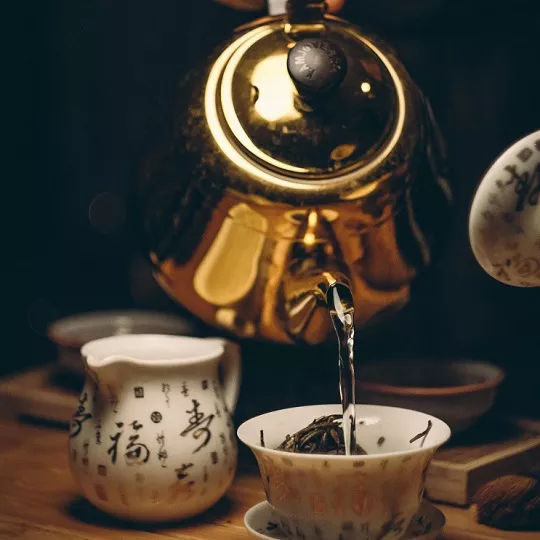
Special types of tea and their preparation
1. Matcha. Japanese aesthetics
Matcha is philosophy in a cup. This Japanese powdered tea is made in a special way: tea leaves are ground to a powder, then whipped into a foam with a special bamboo whisk (chesen ). This process requires care, precision, and respect for tradition. Matcha is known not only for its rich flavor but also for its high content of antioxidants and caffeine.
2. A variety of Chinese teas
China is the birthplace of tea, so it’s no surprise that there are thousands of varieties: from the legendary oolong to the refined white. Each requires its own temperature regime, a certain number of steepings, and the duration of infusion. For example, pu-erh requires preliminary rinsing, and green teas are easily overheated with boiling water. An important part of the process is the utensils: a gaiwan or a teapot made of Yixing clay can reveal the taste to the fullest.
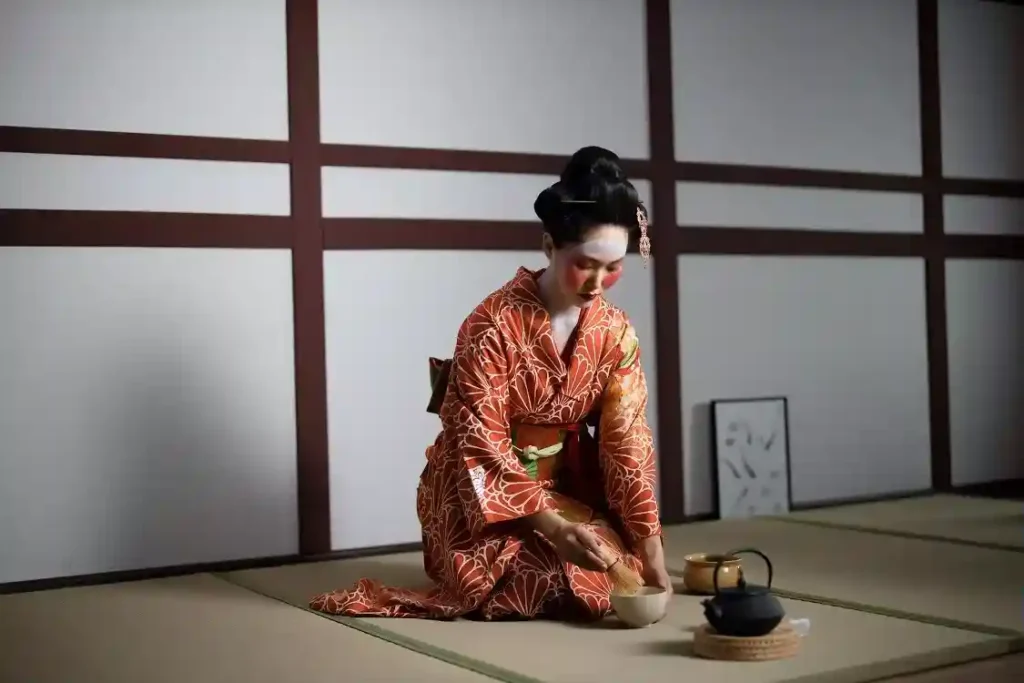
Tea ceremonies and tea drinking culture
1. Traditional tea ceremony
In China, Japan, and Korea, the tea ceremony is an event filled with symbolism, respect for nature, silence, and the here and now. Every movement has meaning, every sip is a meditation. In the Japanese tradition, a tea room is a place of purification of the mind, where harmony, respect, purity and tranquility reign.
2. Tea drinking culture in Ukraine and China
Ukrainian tea drinking culture was influenced by European traditions. Ukrainians often add honey, jam, and herbs. The Chinese, on the other hand, usually do not add anything, believing that the taste of the leaves should sound on its own. While in China, tea is also an element of social etiquette, in Ukraine, to treat someone to tea is to share your comfort. Tea is a symbol of home warmth. Although the approaches are different, the love of tea unites our countries.
Practical tips and secrets of the masters
Tea masters advise to always use high-quality water, soft, without foreign odors. The temperature is no less important. Each variety has its own ideal degree. You should also learn to feel tea: its aroma, taste, texture. Don’t be afraid to experiment, look for your own, but keep it in moderation, because excess can easily upset the delicate balance and spoil the overall impression.
Common mistakes when making tea
The most common mistake is to use boiling water. It destroys the flavor, especially of green varieties. People also often oversteep tea, which makes it bitter. Keep in mind that oversteeping tea causes excessive bitterness, and choosing cheap tea bags means you get tea dust instead of a quality product. You should also refrain from mixing different varieties without experience, as the result may be disappointing. Experimentation is best done when you know the basics.
Modern trends
The world does not stand still: tea startups, smart kettles, designer tea blends with flowers, berries, and spices are emerging. There is a growing interest in fermented teas, cold infusion and decaffeinated alternatives. More and more people are learning to read labels and choose tea consciously. Regardless of whether you prefer the Lu Yu tradition or opt for a modern isipot, it is important to brew tea properly and enjoy every sip.
